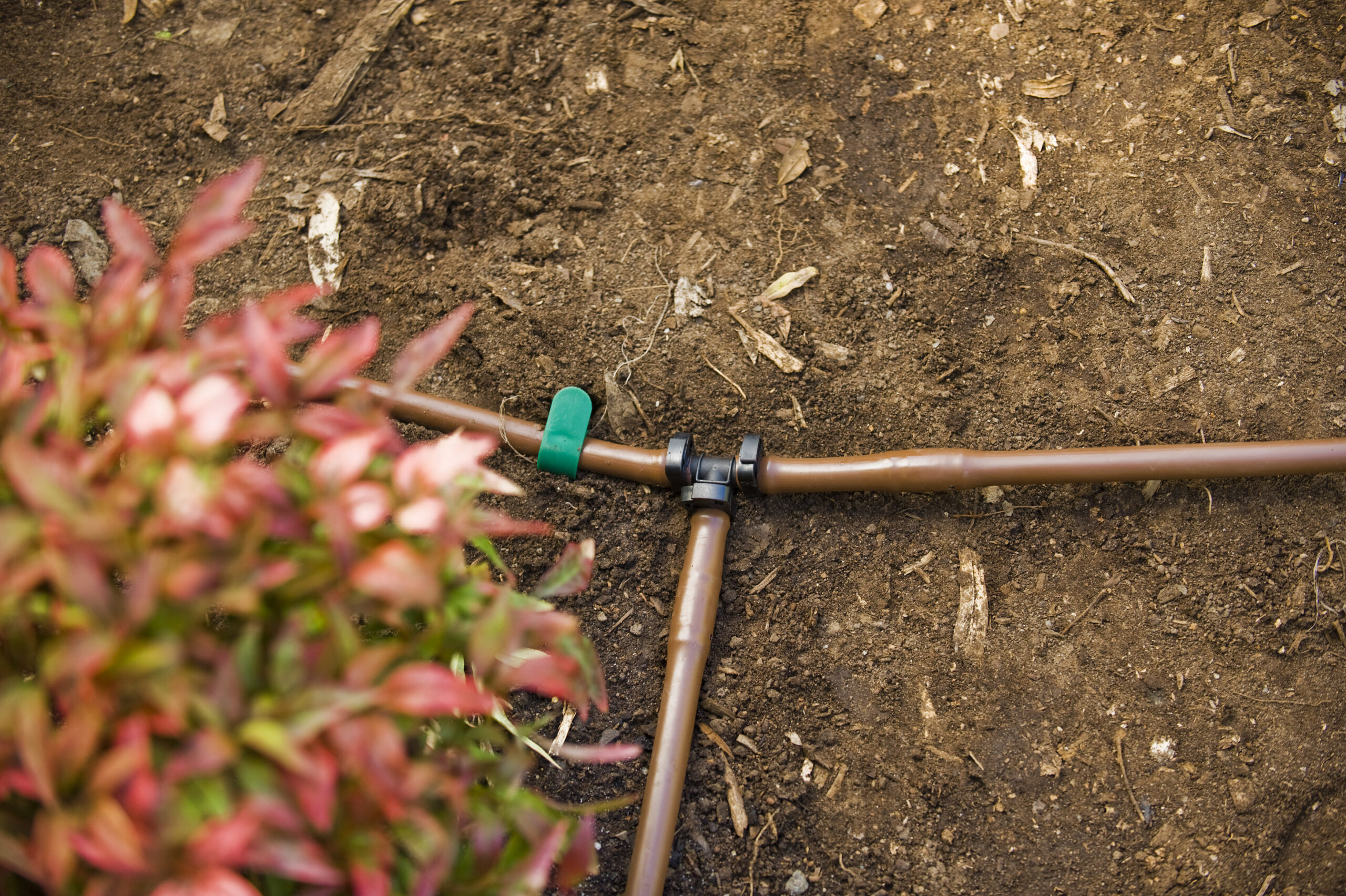Want to learn how to care for your nectarine, peach or apricot tree, or just want to know the best time of year to start pruning? Follow these easy steps for pruning your stone fruit tree in any climate.
While growing stone fruit in your home garden can be a challenge, the reward of picking and eating your own freshly grown nectarines, apricots or peaches is worth the effort. These simple guidelines for planting, maintaining and pruning stone fruit trees will help you turn your backyard into a stone fruit sanctuary in no time.
Warm climate areas
Full sun exposure, good drainage and room to grow are essential elements in the success of growing fruit trees. While the fruit is developing be sure to fertilise regularly and top up the water through the dry spells. If you’re in a high humidity area your stone fruit are prone to fungal disease; to reduce the risk spray your tree before it comes into leaf with fungicide.
Cool climate areas
In contrast, if your stone fruit tree will be exposed to the winter chill without frost, new low-chill varieties are available. You can reduce set-back by planting your stone fruit trees in winter as the trees are dormant and are cheaper to purchase bare-rooted.
Careful planning
Draw and map out your garden to scale, keeping in mind how wide each fruit tree will grow to ensure enough airflow will surround each tree. Placing trees away from strong winds and on the northern side of a solid structure will help utilise the warmer ‘microclimate’ of the garden.
Knowing pollination
Self-fertilising trees such as nectarine trees, peach trees and apricot trees are great for your garden if you don’t want another tree to help pollinate the flowers to produce fruit. Cross-pollination trees such as apple trees, pear trees — with cherry trees and plum trees being the most fussy — need a compatible variety to help pollination.
Time of year
The safest time to prune is when the weather is still dry and you’ve picked the crop, as it will help restrict growth. During winter, it’s best to prune after the leaves have dropped, helping you in the easy removal of suckers, dead wood and broken or crossing branches.

How to prune fruit trees:

Step 1
Remove all dead, damaged or diseased wood, as well as pruning any suckers that appear below the graft in line with the trunk.

Step 2
Remove any growths, like watersprouts, that appear different and vigorous from the other branches as they don’t produce fruit.

Step 3
Thin out to allow airflow and light into the canopy, and trim branches that run horizontal, downward or cross over each other. Ideally prune your tree into a wine glass or fan shape and allow approximately 30cm of air space around each branch.

Step 4
As most stone fruit produce on shoots and stems that grew last year, it’s important to remove old growth to allow for new growth to come through and the tree to produce fruit next year. Cutting up to a third of the growth from the tree will keep it productive. A good tip is to cut to a point half a centimetre above a bud that faces the direction you want that branch to grow, and the tree will look robust and elegant once it is back in leaf.

Pope's DIY Tip
It’s important to have sharp shears while pruning to ensure clean cuts, or use a pruning saw on thicker branches. Dip your shears into a solution of isopropyl alcohol regularly to sterilise and reduce the spread of disease while true pruning your trees.

Full sun exposure, good drainage and room to grow are essential elements in the success of growing fruit trees. While the fruit is developing be sure to fertilise regularly and top up the water through the dry spells. If you’re in a high humidity area your stone fruit are prone to fungal disease; to reduce the risk spray your tree before it comes into leaf with fungicide.
In contrast, if your stone fruit tree will be exposed to the winter chill without frost, new low-chill varieties are available. You can reduce set-back by planting your stone fruit trees in winter as the trees are dormant and are cheaper to purchase bare-rooted.
Careful planning
Draw and map out your garden to scale, keeping in mind how wide each fruit tree will grow to ensure enough airflow will surround each tree. Placing trees away from strong winds and on the northern side of a solid structure will help utilise the warmer ‘microclimate’ of the garden.
Knowing pollination
Self-fertilising trees such as nectarine trees, peach trees and apricot trees are great for your garden if you don’t want another tree to help pollinate the flowers to produce fruit. Cross-pollination trees such as apple trees, pear trees — with cherry trees and plum trees being the most fussy — need a compatible variety to help pollination.
Time of year
The safest time to prune is when the weather is still dry and you’ve picked the crop, as it will help restrict growth. During winter, it’s best to prune after the leaves have dropped, helping you in the easy removal of suckers, dead wood and broken or crossing branches.

How to prune fruit trees:

Step 1
Remove all dead, damaged or diseased wood, as well as pruning any suckers that appear below the graft in line with the trunk.

Step 2
Remove any growths, like watersprouts, that appear different and vigorous from the other branches as they don’t produce fruit.

Step 3
Thin out to allow airflow and light into the canopy, and trim branches that run horizontal, downward or cross over each other. Ideally prune your tree into a wine glass or fan shape and allow approximately 30cm of air space around each branch.

Step 4
As most stone fruit produce on shoots and stems that grew last year, it’s important to remove old growth to allow for new growth to come through and the tree to produce fruit next year. Cutting up to a third of the growth from the tree will keep it productive. A good tip is to cut to a point half a centimetre above a bud that faces the direction you want that branch to grow, and the tree will look robust and elegant once it is back in leaf.

Pope's DIY Tip
It’s important to have sharp shears while pruning to ensure clean cuts, or use a pruning saw on thicker branches. Dip your shears into a solution of isopropyl alcohol regularly to sterilise and reduce the spread of disease while true pruning your trees.

Draw and map out your garden to scale, keeping in mind how wide each fruit tree will grow to ensure enough airflow will surround each tree. Placing trees away from strong winds and on the northern side of a solid structure will help utilise the warmer ‘microclimate’ of the garden.
Self-fertilising trees such as nectarine trees, peach trees and apricot trees are great for your garden if you don’t want another tree to help pollinate the flowers to produce fruit. Cross-pollination trees such as apple trees, pear trees — with cherry trees and plum trees being the most fussy — need a compatible variety to help pollination.
Time of year
The safest time to prune is when the weather is still dry and you’ve picked the crop, as it will help restrict growth. During winter, it’s best to prune after the leaves have dropped, helping you in the easy removal of suckers, dead wood and broken or crossing branches.

How to prune fruit trees:

Step 1
Remove all dead, damaged or diseased wood, as well as pruning any suckers that appear below the graft in line with the trunk.

Step 2
Remove any growths, like watersprouts, that appear different and vigorous from the other branches as they don’t produce fruit.

Step 3
Thin out to allow airflow and light into the canopy, and trim branches that run horizontal, downward or cross over each other. Ideally prune your tree into a wine glass or fan shape and allow approximately 30cm of air space around each branch.

Step 4
As most stone fruit produce on shoots and stems that grew last year, it’s important to remove old growth to allow for new growth to come through and the tree to produce fruit next year. Cutting up to a third of the growth from the tree will keep it productive. A good tip is to cut to a point half a centimetre above a bud that faces the direction you want that branch to grow, and the tree will look robust and elegant once it is back in leaf.

Pope's DIY Tip
It’s important to have sharp shears while pruning to ensure clean cuts, or use a pruning saw on thicker branches. Dip your shears into a solution of isopropyl alcohol regularly to sterilise and reduce the spread of disease while true pruning your trees.

The safest time to prune is when the weather is still dry and you’ve picked the crop, as it will help restrict growth. During winter, it’s best to prune after the leaves have dropped, helping you in the easy removal of suckers, dead wood and broken or crossing branches.


Step 1
Remove all dead, damaged or diseased wood, as well as pruning any suckers that appear below the graft in line with the trunk.

Step 2
Remove any growths, like watersprouts, that appear different and vigorous from the other branches as they don’t produce fruit.

Step 3
Thin out to allow airflow and light into the canopy, and trim branches that run horizontal, downward or cross over each other. Ideally prune your tree into a wine glass or fan shape and allow approximately 30cm of air space around each branch.

Step 4
As most stone fruit produce on shoots and stems that grew last year, it’s important to remove old growth to allow for new growth to come through and the tree to produce fruit next year. Cutting up to a third of the growth from the tree will keep it productive. A good tip is to cut to a point half a centimetre above a bud that faces the direction you want that branch to grow, and the tree will look robust and elegant once it is back in leaf.

Pope's DIY Tip
It’s important to have sharp shears while pruning to ensure clean cuts, or use a pruning saw on thicker branches. Dip your shears into a solution of isopropyl alcohol regularly to sterilise and reduce the spread of disease while true pruning your trees.















